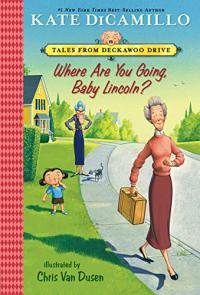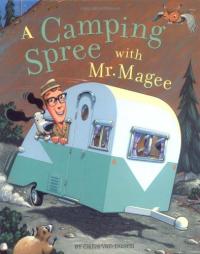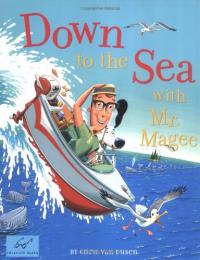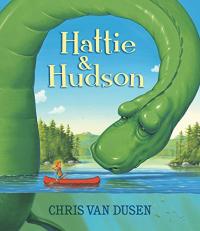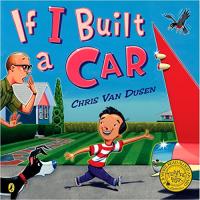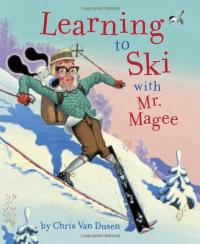
Biography
Chris Van Dusen was born in Portland, Maine on St. Patrick’s Day in 1960. As a child, he and his brothers would spend hours drawing pictures (no video games or computers back then!). Van Dusen’s specialty was aliens, robots, and monsters. He has always been inspired by Dr. Seuss and Robert McCloskey — by the musical rhythm of Dr. Seuss’ words and the meticulous detail of Robert McCloskey’s illustrations.
After high school, Van Dusen studied fine art at the University of Massachusetts at Dartmouth and graduated with a BFA. It took him a while to figure out what he wanted to do. He was offered a part-time job at a magazine for teenagers and eventually started drawing cartoons and illustrations for the magazine — and his career as an illustrator was born. For more than 10 years he worked as a freelance illustrator specializing in art for kids. His illustrations appeared in magazines like Nickelodeon and Disney Adventures.
One day, Van Dusen started thinking about drawing a picture of a boat stuck high up in a tree. At the same time, a refrain kept running through his head — “Mr. Magee and his little dog, Dee/ Hopped in the car and drove down to the sea”. The combination of these two things eventually became my first book, Down to the Sea with Mr. Magee which was published in 2000. He’s been busy writing and illustrating children’s books ever since.
Van Dusen lives and works in a beautiful little town on the coast of Maine with his wife, two sons, and a yellow lab named Pearl. [adapted from the Chris Van Dusen official website .]
Books by this illustrator
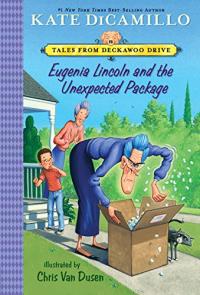
Eugenia Lincoln and the Unexpected Package
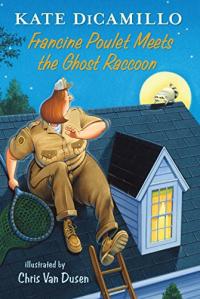
Francine Poulet Meets the Ghost Raccoon

Mercy Watson Fights Crime
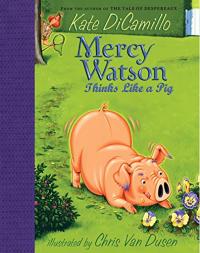
Mercy Watson Thinks Like a Pig

Mercy Watson to the Rescue

Mercy Watson: Princess in Disguise
